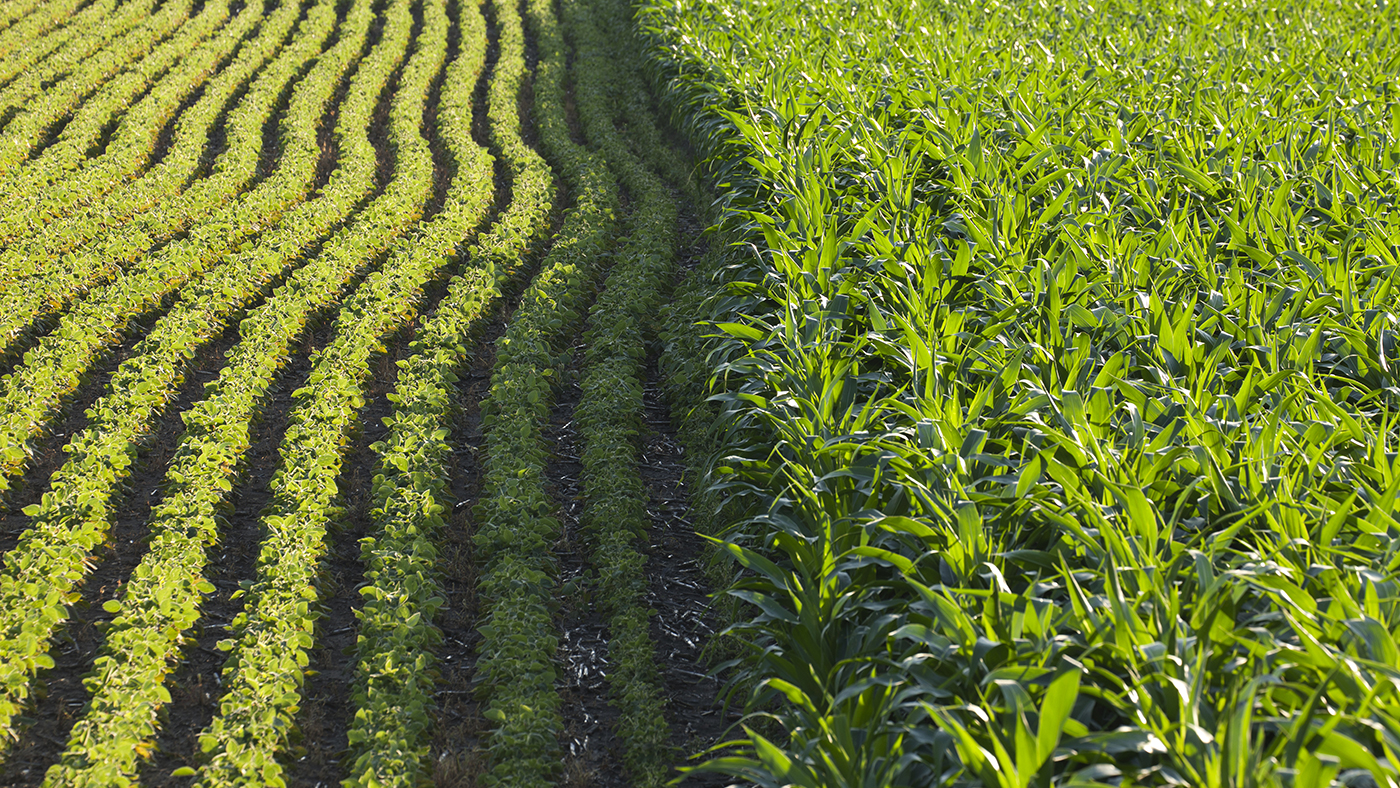A day of extremes, in regard to crop conditions and projected yield on display as scouts counted down their final miles on this year’s Pro Farm Crop Tour. As far as the Eastern Leg goes, Southeast Iowa started out looking strong as tour began from Iowa City Thursday morning.
“And then it changed. The first sample we pulled in Butler was a 218.9 and the other side of the county we pulled a 130.4. Then it only got worse, we got up in Green County, which is in NE Iowa, and we pulled a 49-bushel sample.”
That’s Corn. What an extreme to be sure, highlighting critical dryness and variability in the largest corn growing state. As for the final numbers.
“Pretty comparable to last year, but boy the crop condition is different. Last year much of the state, especially in Eastern and Northeastern Iowa was in good condition. This year not so much as the heat really did a job on much of the crop this year.”
182.8 bushels per acre to be exact on the estimate although he acknowledges the crop condition is far different and worse from a year ago. Coffman says as the day wore on the lower yields became more the norm.
“From the northern side of Floyd County into Mitchell County it has been extremely dry and you can tell, we haven’t pulled anything over 150 since we left that last 210.”
On the bean side of things, scouts found 1194 pods in a three by three foot square in Iowa which was higher than last year but lower than other states and in Minnesota.
“984.4, down 10.6 percent. Woof, I mean that was our lowest pod count across the Southern Corn Belt states so that was probably one of the biggest shockers I saw this week.”
The final Minnesota corn yield projection came in down only 4.8 percent from last year.
The fourth and final day of the 2023 Pro Farmer Crop Tour’s western leg took place in southern Minnesota. The Minnesota corn yield estimate came in at 181.3 bushels per acre, almost five percent below last year. The Minnesota soybean crop had a tough growing season, with the final yield prediction at 984.3 pods in a three-foot-by-three-foot area, 11 percent below 2022. Chip Flory of AgriTalk, leader of the western leg, says corn got worse the further east they drove.
“We saw a decent crop in Southwest Minnesota today. As we continued to make our way to the east, it went downhill in South Central Minnesota, and by the time we got over to the southeast part of the state, it was toast in the southeast part of Minnesota. It was a tough season for that soybean crop to put on pods this year. One of the questions that we always get when we finish up in Minnesota is, ‘Do you think that crop’s going to make it before the first frost gets here?’ Nobody is talking about that. We saw a corn crop that was dented in South Central Minnesota. With the crop over in Southeast Minnesota could frost tonight, and it’s not going to hurt the corn.”
He says the Minnesota soybean crop could use some rain to finish up, but it doesn’t appear likely.
“I think the Minnesota bean crop would benefit greatly if it would start raining tonight. But with the kind of moisture that we have on the Minnesota crop or available to the Minnesota crop right now, that doesn’t look very promising. Plus, the overnight temperature is going to take some of the top end off of the corn as we go through the rest of the week here.”
Crop scout Brent Judisch says Minnesota continued a theme of “not bad but thought it would be better.”
“Southern Minnesota was average at best. It was fine. We had a high of 260 and a low of 109. We were all over the board. Everyone kind of forgets the growing season had been a struggle all year. We had a late spring. Minnesota had late rains, snow that melted late, and ground temperature was terrible this spring. So, corn came up under some cold stress. We just had stress on this crop over and over and over again.”
Minnesota soybeans were in worse shape than the corn.
“Of the two crops, I would say soybeans disappointed me more than corn did. We knew corn was going to be okay but not great. Soybean pod counts? I mean, they weren’t bad. They got better the closer we got to I-35 and into Rochester. Normally on a bean plant, you’ll get in that top cluster an extra six, seven, or eight pods, and that’s where your bonus yield comes from. Not this year. We had some fields that were farther along than others, and the bottom beans are going to fill out and be okay, but those top clusters are not going to finish.”
The final Iowa numbers combined from day three call for a corn yield of 182.8 bushels an acre, slightly below last year. The final Iowa soybean estimate was 1,190.4 pods in a three-by-three-foot area.
Pro Farmer will release their final U.S. harvest yield predictions on Friday.


